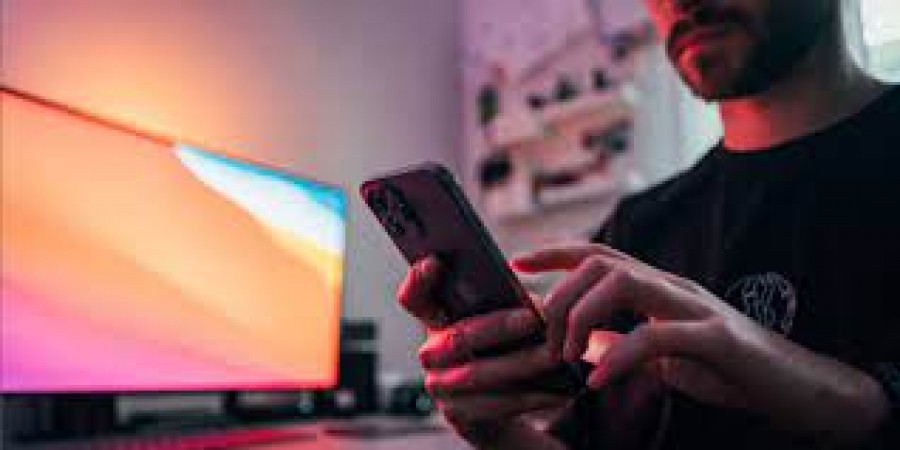
In the contemporary world, smartphones have seamlessly integrated into our daily routines, serving as indispensable tools for communication, entertainment, and information. However, with this increasing reliance on handheld devices, it becomes imperative to assess and address the potential impact of smartphone usage on our eyes and overall well-being. This comprehensive guide aims to explore in detail the optimal distance for keeping your phone from your eyes to ensure sustained eye health.
Smartphones emit blue light, a high-energy visible (HEV) light that has been associated with digital eye strain and disruptions in sleep patterns. Prolonged exposure to screens can result in discomfort, dryness, and headaches, prompting the need to establish the right distance to mitigate these effects.
The 20-20-20 rule stands as a simple yet effective strategy to combat eye strain. Recommending that users take a break every 20 minutes, look at something 20 feet away, and do so for 20 seconds, this rule helps alleviate eye fatigue induced by continuous screen time.
Ideally, holding your smartphone at a distance of about 16 to 18 inches (40 to 45 centimeters) from your eyes is advised. This optimal distance allows for comfortable viewing without imposing excessive strain on your eye muscles, contributing to a more relaxed and enjoyable screen experience.
Adjusting font size and screen brightness plays a pivotal role in enhancing eye comfort. Opting for larger fonts and moderate brightness settings not only improves readability but also aids in reducing eye strain, making the overall viewing experience more pleasant.
Creating an environment with proper ambient lighting is essential when using your smartphone. Excessive brightness or dimness can exacerbate eye strain, emphasizing the importance of striking a balance in lighting conditions to promote optimal eye health.
Understanding the optimal distance is a significant step, but incorporating practical tips into your smartphone usage routine can further contribute to eye-friendly habits.
Extended screen time often leads to reduced blinking, causing dry eyes. It's crucial to make a conscious effort to blink regularly, ensuring that your eyes stay moist and refreshed, combating the discomfort associated with dry eyes.
Incorporating simple eye exercises into your daily routine can significantly contribute to eye health. Activities such as rolling your eyes, focusing on near and far objects, and performing gentle massages around your eye sockets help relax eye muscles and alleviate strain.
Considering the potential harm caused by blue light, utilizing blue light filter apps or features on your smartphone is advisable. These tools effectively reduce the amount of blue light emitted, minimizing its potential negative impact on your eyes and sleep patterns.
Prioritizing regular eye check-ups is crucial for proactive eye health management. Scheduling appointments with an optometrist allows for the early detection of potential issues and provides tailored recommendations to maintain healthy eyes. In conclusion, maintaining the right distance between your eyes and smartphone screen is paramount for preserving eye health in the digital era. By adopting the 20-20-20 rule, adjusting font size and brightness, and incorporating practical tips like regular blinking, eye exercises, and blue light filters, individuals can strike a balance between enjoying the benefits of technology and safeguarding their well-being. Remember, your eyes deserve the best care. Follow these guidelines to create a harmonious relationship between your digital life and your eye health, ensuring a future of clear and comfortable vision.
ISRO's Chief Confirms Gaganyaan Astronauts Prepared for First 2025 Flight
If you do makeup like this then people will never get tired of praising it
This company sold 60 lakh electric vehicles! 10 lakh units sold in 3 months